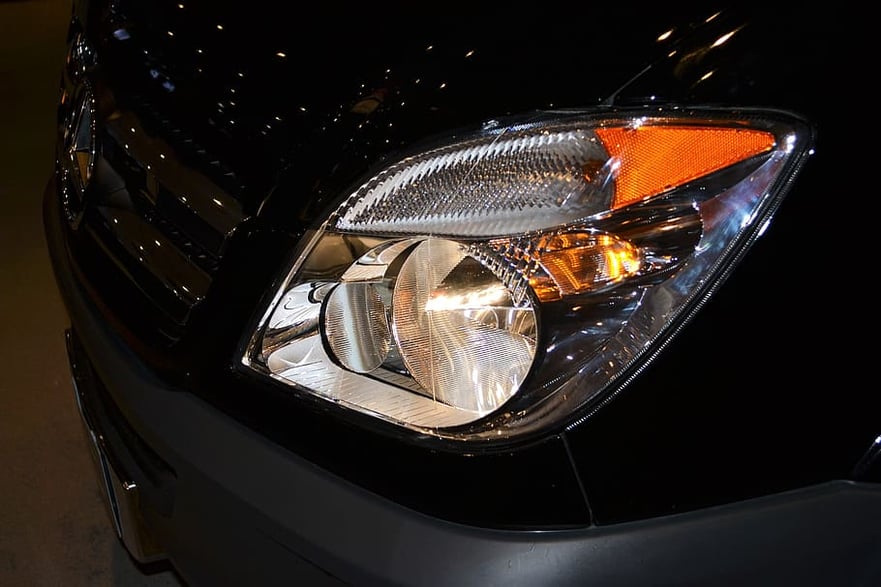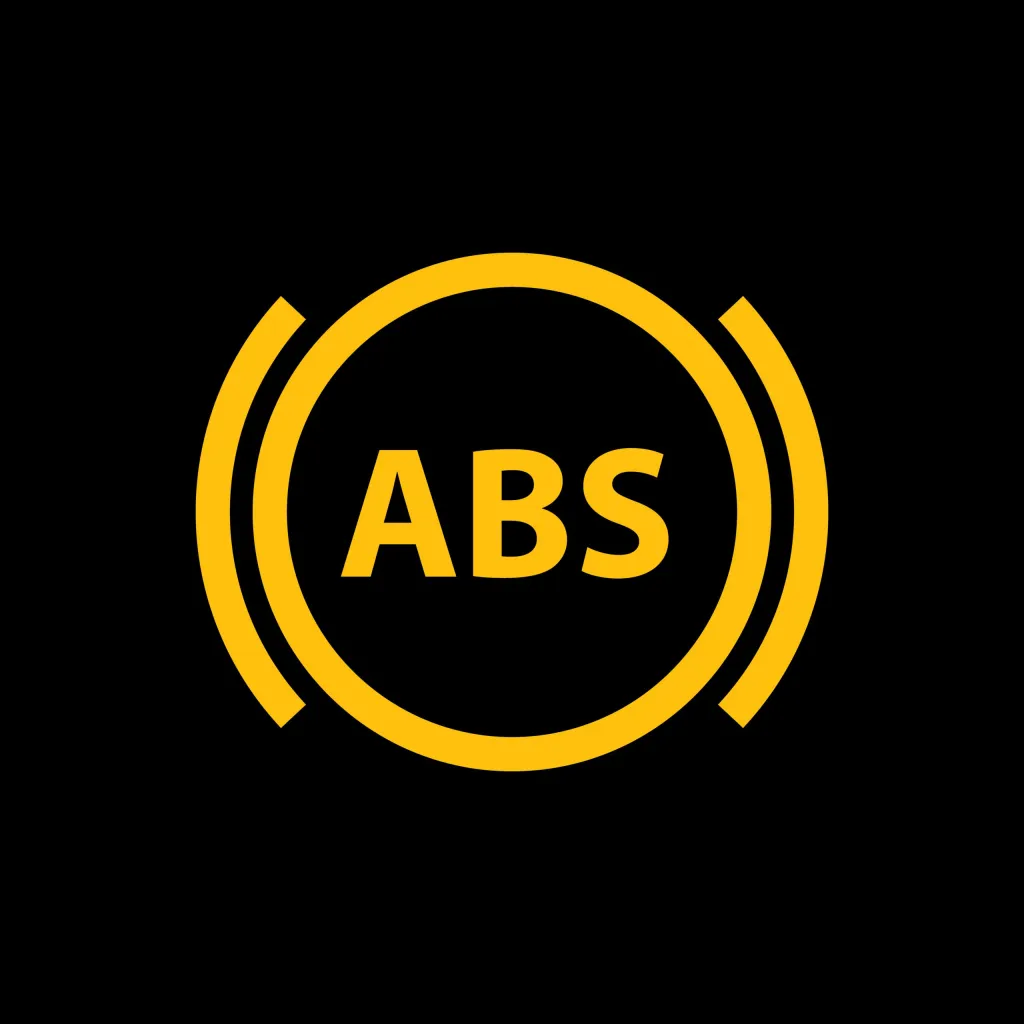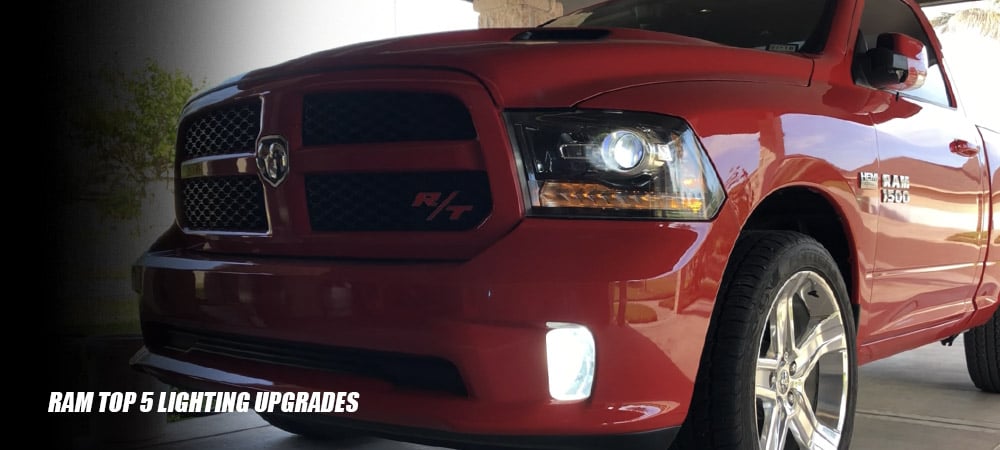You might be a seasoned driver, a biking enthusiast, or someone planning to own their first set of wheels. Whoever you are, driving in the beautiful state of South Carolina comes with its own set of rules. When we talk about vehicle modifications, there's one clear-cut aspect: headlights. Whether you're thinking about jazzing up your ride with colored headlights or changing the beam's direction, it's essential to understand the law of the land. Here's a friendly guide to help you understand what's what and ensure you enjoy your drive safely and legally!
Shine On, But Within Limits!
South Carolina's Department of Transportation lays out the law explicitly: if your vehicle's lamp or illuminating device projects a beam of light brighter than 3770 lumens, ensure it doesn't strike the road at a distance of more than 75 feet from your vehicle.
What does this mean in layman's terms? Simply, your headlights must be adjusted so they don't shine so far down the road that they blind oncoming traffic. Note that this rule doesn't apply to specific lights like headlamps, spot lamps, auxiliary lamps, flashing turn signals, and emergency vehicle warning lamps.
Let's Talk Colors
Contrary to what you might think, not all colors are up for grabs for your headlights. Red or blue lights, visible from directly in front of a vehicle, are a big no-no. Why? These are the colors typically used on emergency vehicles. Seeing them on a non-emergency vehicle can be confusing, if not downright misleading. Also, except for a few special vehicles like emergency ones, school buses, and snow-removal equipment, flashing lights are generally off-limits.
Here are some specific color rules for lamps:
- If they're mounted on the front or side near the front of your vehicle, clearance lamps, marker lamps, and reflectors need to display or reflect an amber color.
- At the rear or the sides near the rear, clearance lamps, marker lamps, and reflectors should show a red color. All other lighting devices and reflectors at the back of the vehicle should also be red, except for the stop light or other signal device, which can be red, amber, or yellow.
- Lights for the license plate or emitted by a back-up lamp should be white.

NISSAN TITAN (16+): XB LED HEADLIGHTS
Light' Em Up, But Know When!
Driving around in South Carolina, you need to have your vehicle's lighted lamps and illuminating devices switched on. You must do so from half an hour after sunset to half an hour before sunrise. They should also be on whenever your windshield wipers are working due to rain, sleet, or snow or poor road visibility.
Count Your Lights Right, and Keep Them at the Right Height
Here's a quick rundown of the law on the number and height of lights:
- Headlights: At least 2, and their height should be between 24-54 inches
- Tail lights: At least 1, between 20-60 inches in height
- Spotlights, Fog lights, Auxiliary passing lights, and Auxiliary driving lights: Maximum 1 each, with specific height limits
Not sticking to these could lead to penalties, including fines or points against your license.
Final Words
Adding a personal touch to your vehicle's lighting can add a dash of style and appeal. But it's vital to remember that South Carolina's laws and regulations are designed to keep you safe along with everyone else on the road. Before changing your vehicle's lights, ensure you're well-versed with the legal implications. When in doubt, don't hesitate to consult a legal professional. You can also call your local Department of Transportation or Police Department for help.
Remember, the joy of the ride lies in safety first. Stay legal, stay safe, fellow South Carolina drivers! Happy motoring!







.png?width=300&height=87&name=logo%20(1).png)